Strains & Sprains
Did you experience a strain or sprain?
Physical therapy (PT) can provide several benefits for strains and sprains, helping individuals recover and regain function after an injury. Here are some of the benefits of PT for strains and sprains:
Pain relief: PT can help alleviate pain associated with strains and sprains through various techniques such as manual therapy, electrical stimulation, ultrasound, and hot/cold therapy. These modalities can reduce inflammation, decrease muscle spasms, and promote tissue healing.
Improved healing: Physical therapists can design specific exercise programs to facilitate the healing process of strains and sprains. They can guide patients through appropriate stretching and strengthening exercises that promote tissue repair, reduce scar tissue formation, and enhance blood circulation to the injured area.
Restored mobility and range of motion: Strains and sprains can lead to stiffness and restricted movement. Physical therapists can use targeted exercises and techniques to restore joint mobility, increase flexibility, and improve range of motion. This helps individuals regain normal functional abilities and reduces the risk of future injuries.
Enhanced strength and stability: Following a strain or sprain, surrounding muscles may become weak or imbalanced. Physical therapists can develop exercise programs that focus on strengthening the affected muscles and restoring overall stability. This helps improve joint stability, prevent re-injury, and promote optimal movement patterns.
Functional rehabilitation: PT aims to restore individuals' ability to perform daily activities and return to their previous level of function. Therapists can create personalized treatment plans that address specific functional goals, such as walking, running, lifting, or playing sports. They provide guidance on proper body mechanics and movement techniques to prevent further injury.
Education and prevention: Physical therapists educate patients on proper injury management and prevention strategies. They can teach techniques for body mechanics, posture, and ergonomics to minimize strain on vulnerable areas. By understanding how to prevent future injuries, individuals can maintain their physical well-being and reduce the likelihood of recurring strains or sprains.


